Semco
Smocking booklet


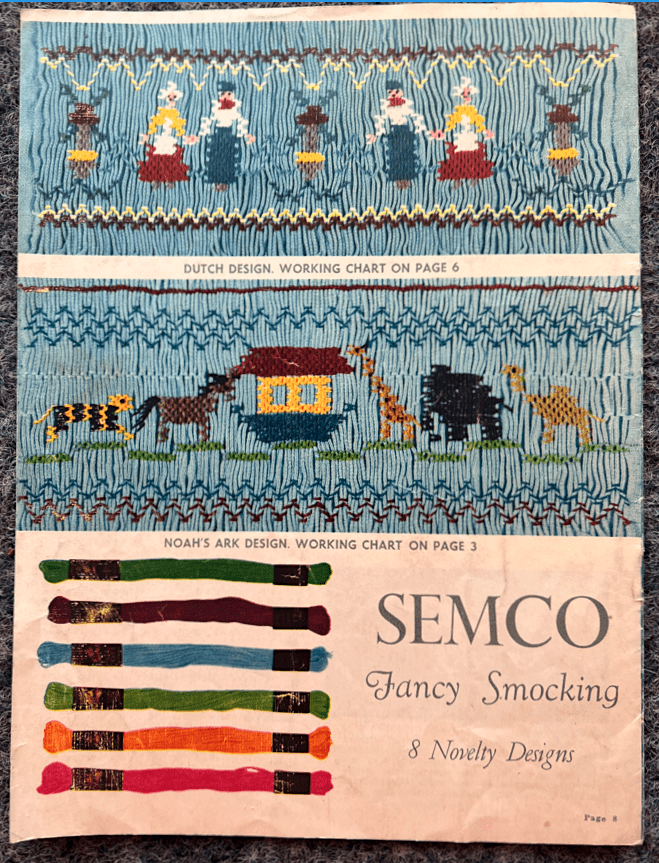
What gorgeous designs, but, oh! The work involved!
See also http://www.austbuttonhistory.com/18th-january/
For any comments or questions, please use the Contact page.




What gorgeous designs, but, oh! The work involved!
See also http://www.austbuttonhistory.com/18th-january/
For any comments or questions, please use the Contact page.
Now for something different.

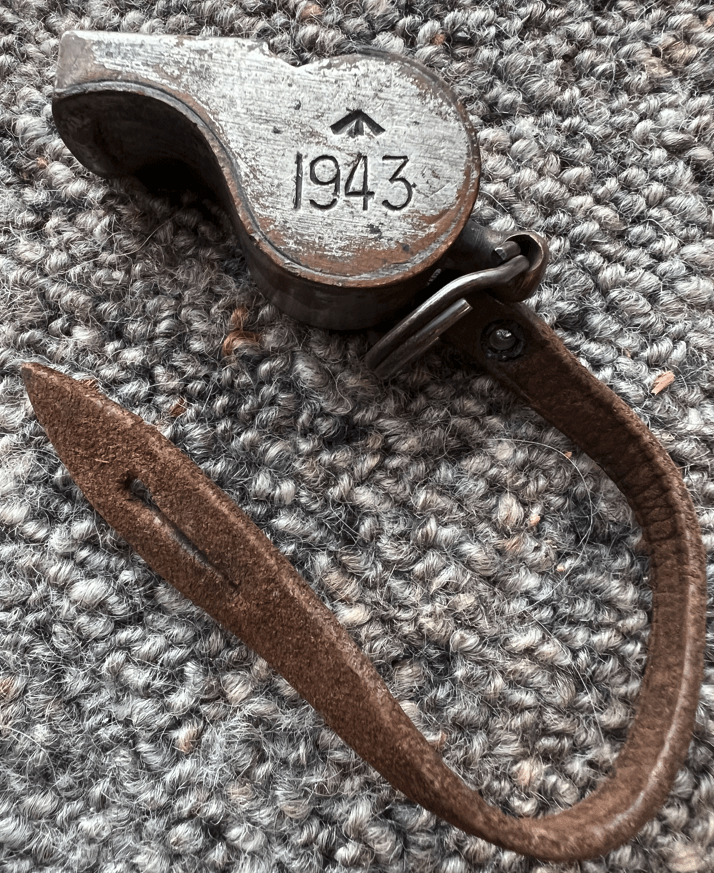
The stamped arrow indicates government property.
Ian’s grandfather was requested come out of retirement to teach, due to a shortage of teachers. Presumably many had enlisted. This was his whistle.

The Herald (Melbourne), 9th June 1944 page 7.

The Herald (Melbourne), 30th April 1945 page 6.
The Premier Wire Works Pty ltd was registered in 1926 as hardware merchants and engineers. They purchased the Premier Wire Works as an ongoing concern.

The Age (Melbourne), 23rd May 1933 page 10. From a Tariff Board inquiry into duties on kitchen hardware.
In 1938 they were in trouble for employing a 13 year old boy. During WW2 they manufactured munitions. Due to the government policy of decentralisation of industry, Premier Wire Works set up a factory in Maryborough and Dunolly.
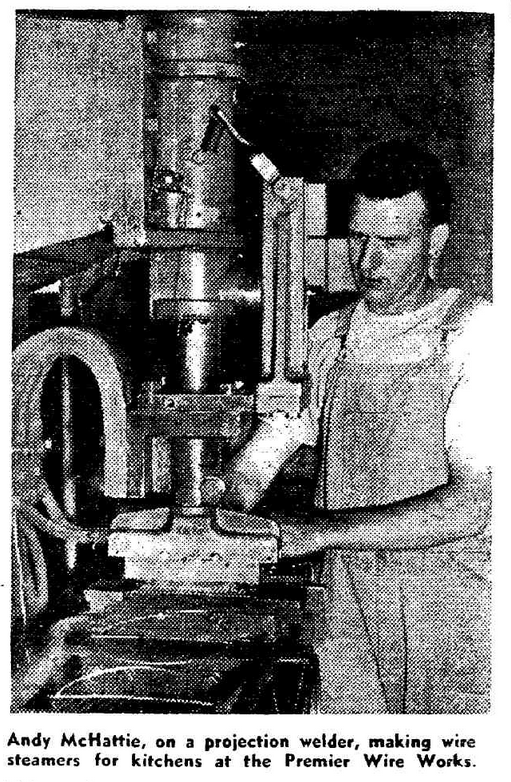
Weekly Times (Melbourne), 26th January 1949 page 34.
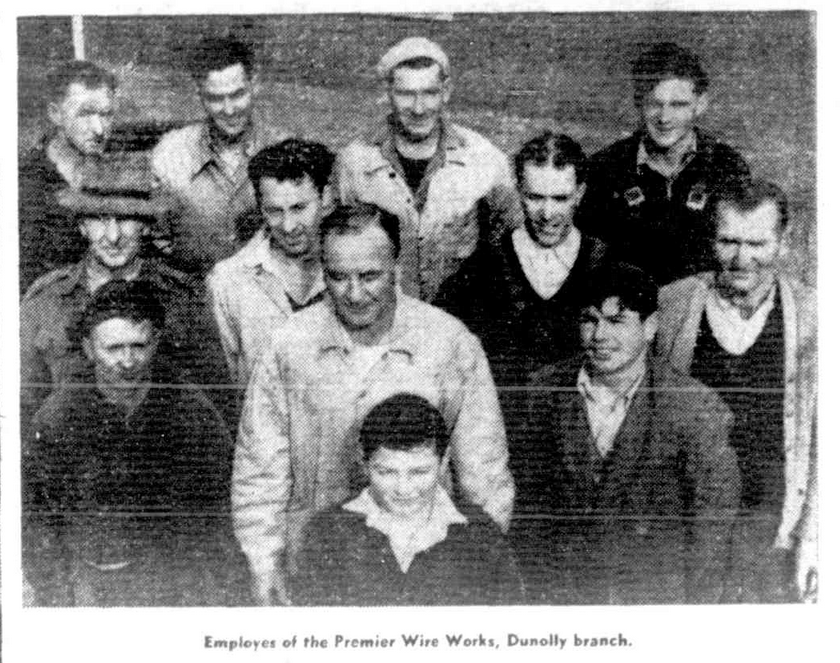
Weekly Times (Melbourne), 1st August 1951 page 24.
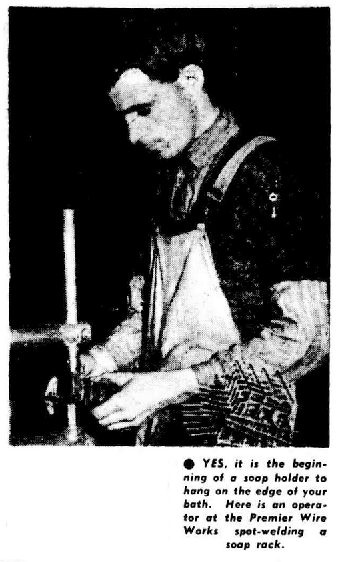
The Argus (Melbourne), 6th July 1954 page 19.
The firm was still supplying government contracts in 1971.
For any comments or questions, please use the Contact page.
Thanks to the Tasmanian transport Museum for confirmation of the uniform button designs.
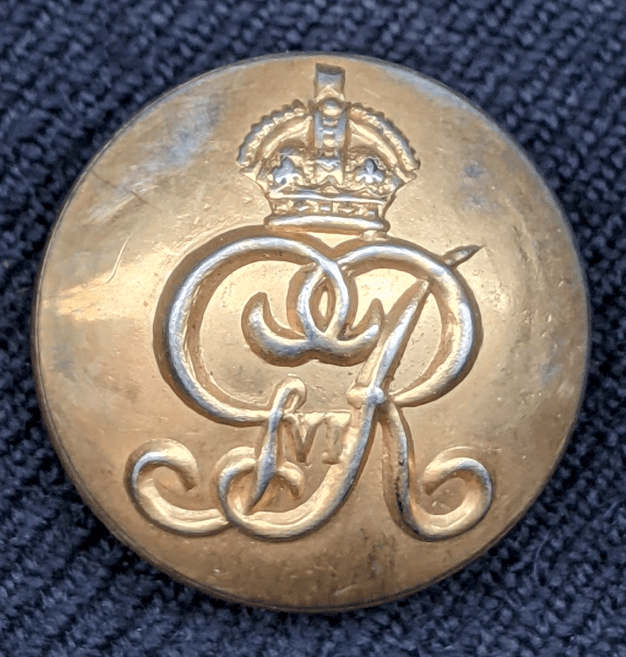
George VI: 1936-1952
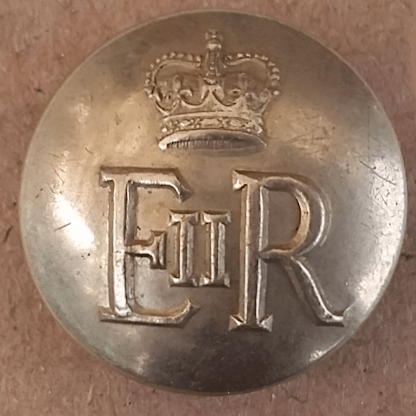
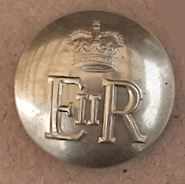
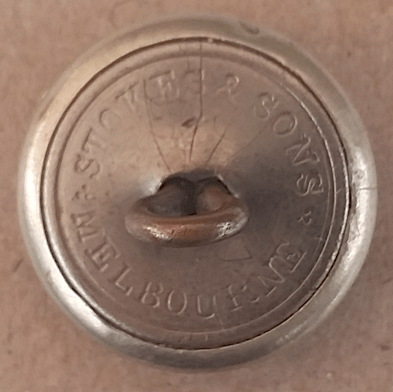
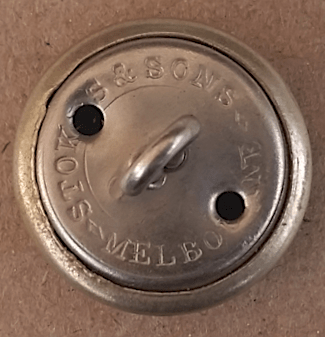
The button on the left would date from Queen Elizabeth’s coronation in 1953, and the other soon after, as this type of back plate with 2 vent holes was adopted in 1953 with the introduction of equipment to produce anodised aluminium buttons, although this doesn’t appear to be an aluminium example. It is likely that this design was also used for other government departments.
Rail services in Tasmania were initiated by private firms. The two main operators were the LWR and the TML.
In 1872 the Launceston and Western Railway (LWR) , which had officially commenced running trains between Launceston and Deloraine in 1871, was struggling to repay the credit that had been required for construction of the line. The Tasmanian Government had to step in and take over from 31st October 1873. This was the beginning of the Tasmanian Government Railways, although the title was not used until around 1883, and was formally established in 1888.
From 1872 to 1876 the Tasmanian Main Line (TML) Company started creating a line from Hobart to Launceston. Using the consistently flawed logic of rail services throughout the colonies, a different gauge line was used to that of the LWR! In 1890 the Tasmanian Government bought the TML after years of strife between the government and the company. All the exiting railways were relaid to match the narrow (3ft 6 inch) gauge of the TML.
In 1975 the Federal Government made offers to all the struggling state run railways, with South Australia and Tasmania accepting the takeover by the new Australian National Railways, ending the TGR.
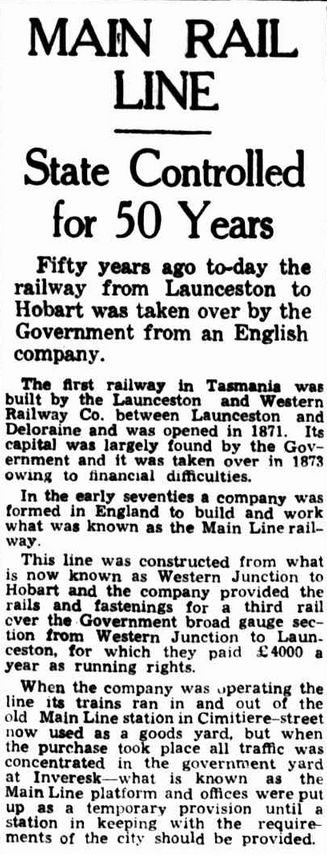
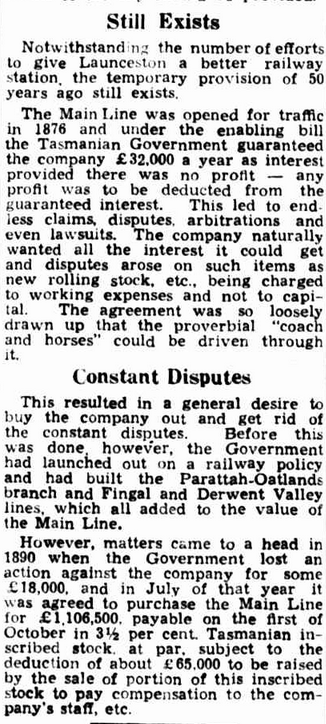
Examiner (Launceston), 1st October 1940 page 4.
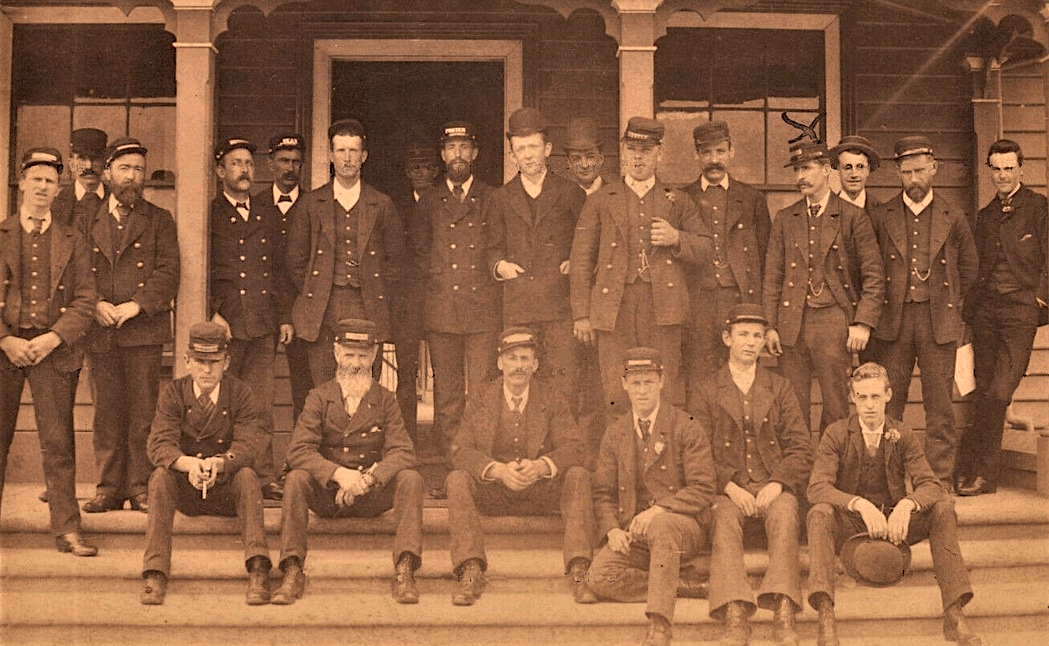
As per Flickr: Tasmanian Government Railways staff, 1890s.

Sunday Times (Sydney), 27th October 1912 page 19.
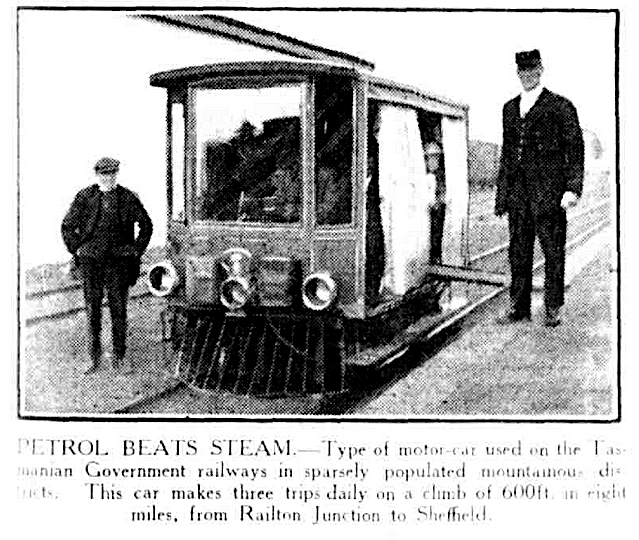
The Suns News-Pictorial (Melbourne), 15th March 1923 page 10.
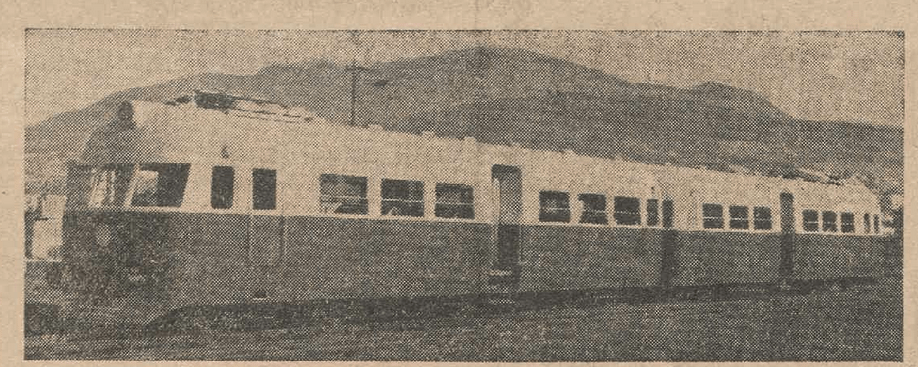
Benalla Standard (Vic), 1st December 1939 page 1. New diesel rail cars.
For any comments or questions, please use the Contact page.

Around 1959-60 G. Herring changed the artwork of their Beutron buttons several times in quick succession, quite possibly due to the fact that General Plastics had copied the Beutron style of cards with added cotton. Although the judge disagreed with them, they felt the cards were too similar to their own registered design. The Opal-Glo card above was one of the new designs, with the cotton at the bottom instead of the top, although the overall shape was very similar,
The Maxart buttons are one of a series of (probably) polyester buttons with transfer designs from the mid 1970s, as shown below:
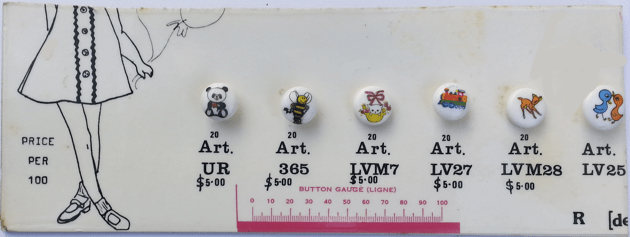
For any questions, please use the Contact page.
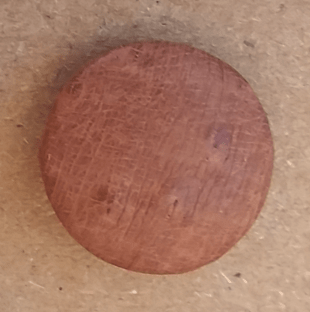
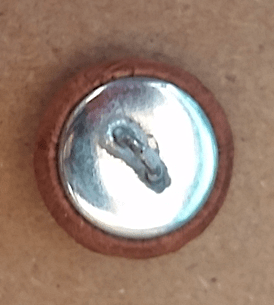
This approximately 15mm diametre covered button by Jan and Annette Pollard as part of their Jaemu fashion brand, is made of emu leather ‘grown’ in Wagga Wagga and tanned at Botany Bay. I cannot find any trace of this brand.
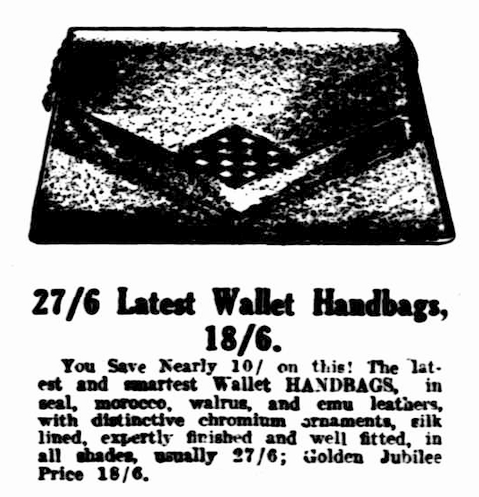
The West Australian (Perth), 3rd November 1933 page 11.
Emu were sometimes used to make cloaks worn by Koori peoples. The feathers were used for decorating hair, as well as for skirts made from plant fibres. They were worn as ornamental tufts on various parts of the body. A spear with a few emu feathers fixed could mark a grave.
Emu leather was not mentioned in newspapers until 1933-4, when various stores started selling handbags made from it. It can be a very fine and attractive product. Emu farming for leather was pioneered, unsuccessfully, in West Australia in 1970. Further attempts occurred, sometimes within Aboringinal communities, with the first export licence for emu products (mainly meat, oil and leather) granted in 1990. Larger numbers of emu were/are farmed in America, Canada, Europe, India, China and New Zealand than in Australia! Farming numbers have sharply declined as the cost of keeping them, the space they require, and processing issues, have proved problematic.
Emu feathers, as opposed to leathers, had a longer history of use by non-Koori Australians. Explorer Major Mitchell and his men wore emu and cockatoo feathers in their caps in 1836. Emu feathers were amongst produce donated to the new Trade Museum in London in 1854.
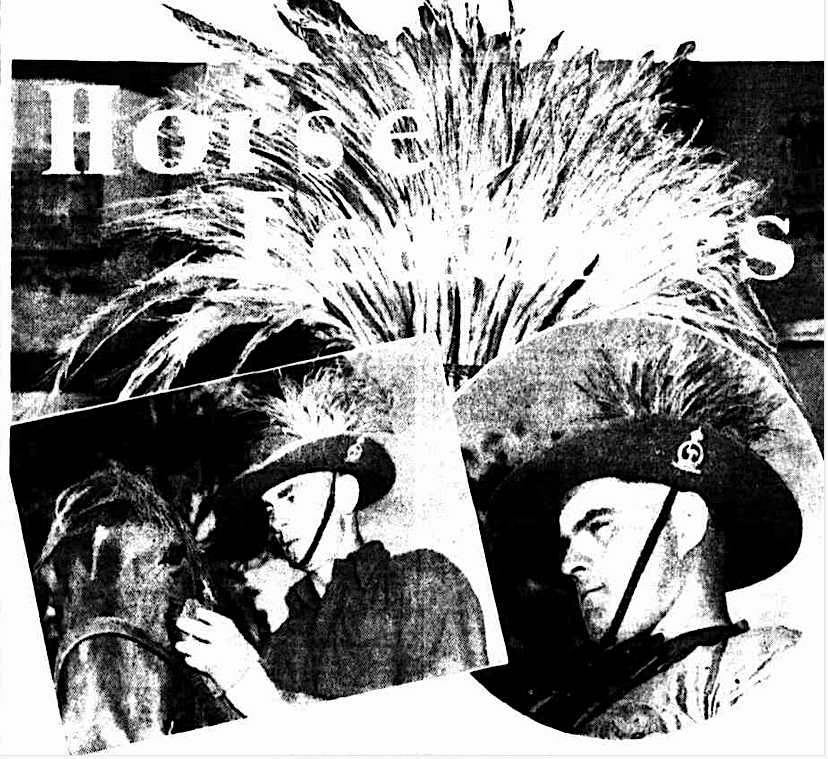
Sunday Mail (Brisbane), 25th February 1940 page 6.
According to the article titled ‘Horse Feathers” that ran with the above pictures, the use of emu feathers by cavalry in Australia started with the Queensland Mounted Infantry who were called out to assist the civil powers during the unrest of the shearers strike of 1891. The Gympie Squadron were the first to start wearing the feathers in their hats, from emus that had been ‘ridden down’ during times of boredom. The trim proved popular, prompting the head of the mounted forces to successfully request the plumes become part of the official uniform.
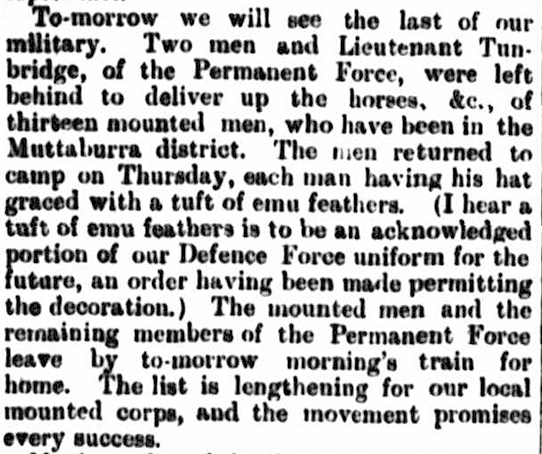
Morning Bulletin (Rockhampton, Qld), 15th July 1891 page 6.
The feathers were worn during the Boer wars, both by the Queensland troops, but also reportedly by the New South Wales Lancers who travelled straight from Jubilee celebrations in London to South Africa and got there first. This is a little confusing, as the trim for the Lancers was traditionally black cocks’ feathers. Why did they have emu feathers this time? Is this in fact correct?
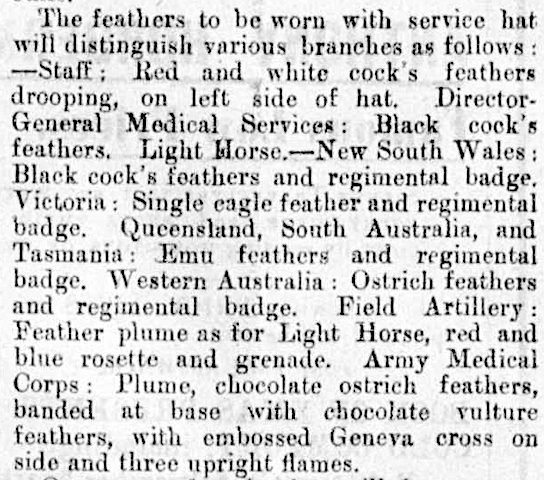
Goulburn Herald (NSW), 1st January 1904 page 2. From an article describing dress regulations for officers of the new Commonwealth Military Forces.
Post South Africa, the Queensland Light Horse retained the emu feathers as official uniform trim. They were also popular in West Australia, but less so in the Eastern states; this changed during WW1. Much to the initial annoyance of Queensland units, the Minister for Defence ruled that the whole of the Australian Light Horse would wear the plumes. During that war the feathers were mistakenly called ‘kangaroo feathers’ by non-Australians.
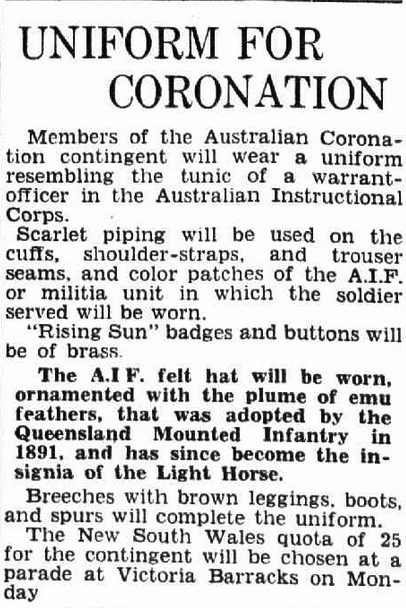
The Daily Telegraph (Sydney), 6th January 1937 page 3.
In this 1940 article it stated that only cavalrymen were permitted to wear them, but they were not supplied and had to be privately purchased!
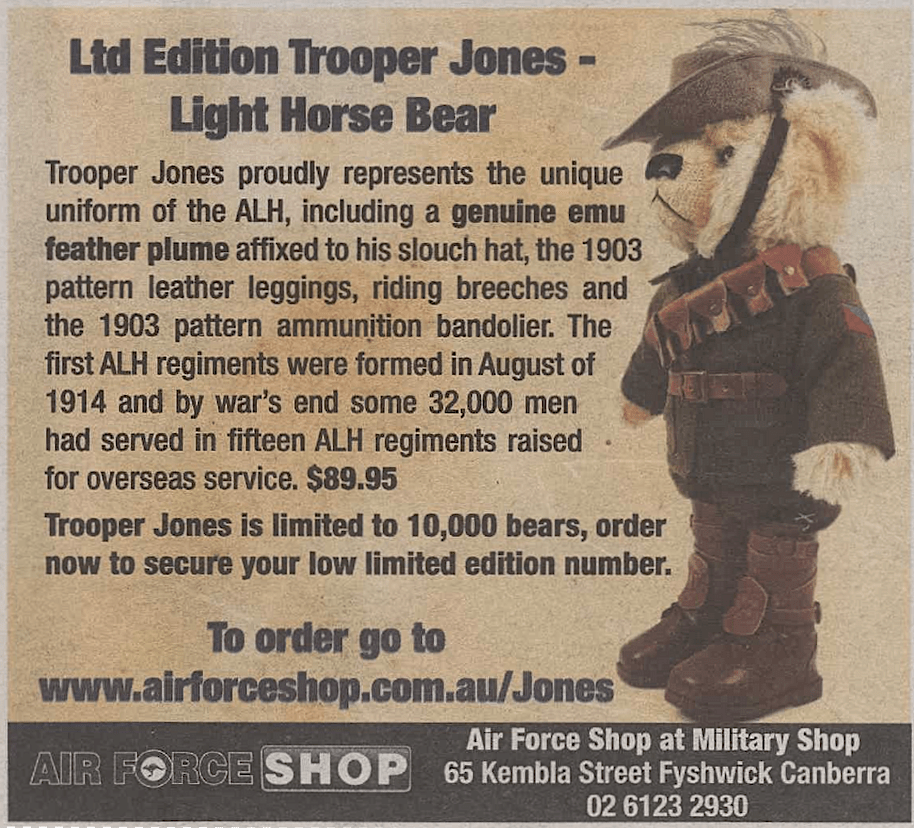
Air Force News, 9th October 2014 page 26.
For any comments, contributions or questions, please use the Contact page.
What was the ” foil” that was used as a backing behind pearl buttons as described by Dickens in 1852? It may have been “silver paper”. Dating from the last decades of the 18th century, “silver paper” was actually a form of white tissue paper, initially used by jewellers to wrap items of gold and silver, and perhaps giving the paper its name. Coloured silver paper was developed during the reign of William IV, including actual silver. Plain silver paper was brushed with a starch paste then layered with thin silver leaf. For an interesting article on this, see https://regencyredingote.wordpress.com/2017/03/17/before-silver-paper-was-silver/.
I found “gold and silver sheet paper” for sale in Sydney dated 1823, and an article describing the theft of jewellery from a store where it was stated that ” The jewellery are always covered with silver paper …”
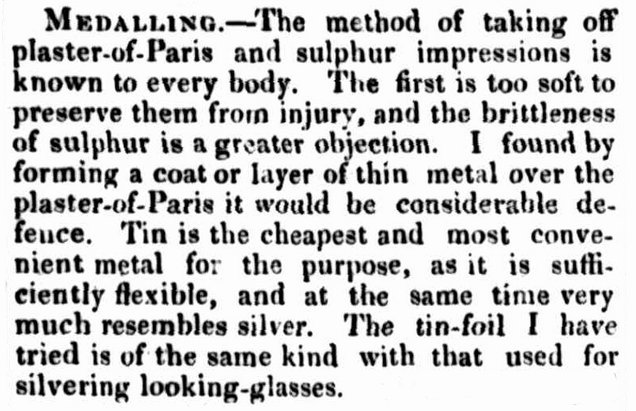
The Tasmanian (Hobart Town), 4th November 1836 page 7. From a description of making plaster copies of medals or coins.
At some stage, the foil used would have changed to tin-foil, and later, aluminium foil. Aluminium foil was manufactured from 1910 but is still sometimes called tin foil, the product which it superseded. Tin-foil was referred to in newsprint from the 1820s, although at this stage it was sometimes actually lead foil being referred to.
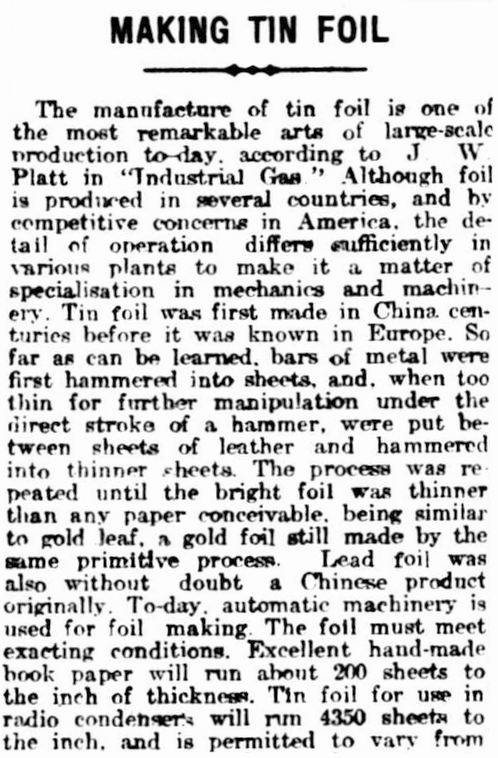
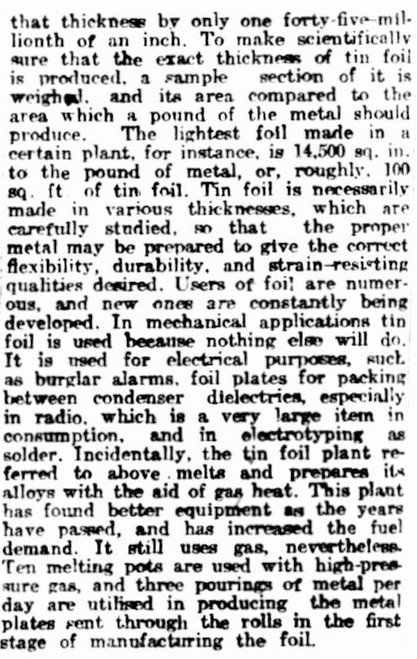
Newcastle Morning Herald and Miners’ Advocate, 8th May 1928 page 7. If this article is accurate, the “invention” of tin foil in America described below may refer to the innovation of industrial production.
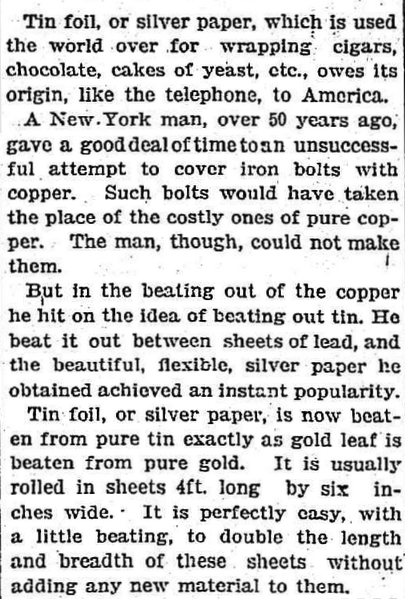
The Daily News (Perth), 8th September 1906 page 18.
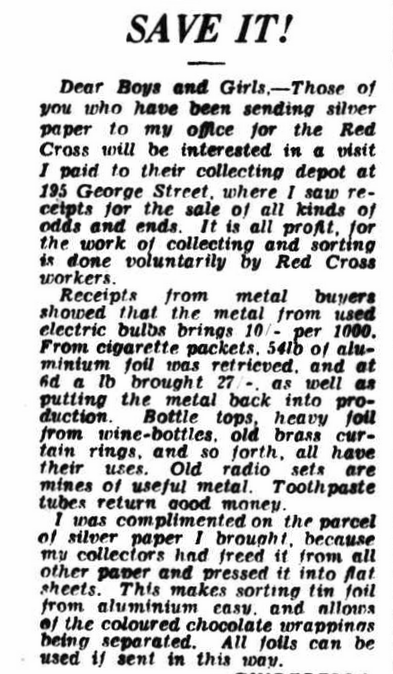
The Sydney Morning Herald, 22nd August 1940 page 20. Children were collecting used metal for the war efforts.

The Herald (Melbourne), 17th January 1950 page 12.
For any comments, contributions or questions, please use the Contact page.
Anyone with even a passing familiarity with vintage buttons will be aware that in the past mother of pearl (MOP) buttons were frequently, although not exclusively, sewn onto cards on a layer of silver foil/paper. We often wonder why; was it just to make the buttons look pretty, or was there another reason? When did this practice start? Were other types of backing paper used? For that matter, when were buttons first sewn onto cards?
I assume the sewing of buttons onto cards started with the Industrial Revolution in the 18th century, when buttons started to be manufactured in large quantities. Certainly outworkers were being paid a pittance to sew buttons and other haberdashery items, such as hook and eyes, onto cards by the 1850s. Charles Dickens wrote an essay, published on 10th April 1852 entitled ‘What there is in a Button’: https://www.onefivenine.info/buttons/Dickens_Household_Words.htm
In part of this essay he addresses the carding of MOP buttons:
The subsidiary concerns of these large manufactories strike us by their importance, when on the spot, though we take no heed to them in our daily life. When the housewife has taken into use the last of a strip of pearl buttons, she probably gives to the children the bit of gay foil on which they were tacked, without ever thinking where it came from, or how it happened to be there. The importation of this foil is a branch of trade with France. We cannot compete with the French in the manufacture of it. When we saw it in bundles—gay with all gaudy hues—we found it was an expensive article, adding notably to the cost of the buttons, though its sole use is to set off their translucent quality, to make them more tempting to the eye.
“The subsidiary concerns of these large manufactories strike us by their importance, when on the spot, though we take no heed to them in our daily life. When the housewife has taken into use the last of a strip of pearl buttons, she probably gives to the children the bit of gay foil on which they were tacked, without ever thinking where it came from, or how it happened to be there. The importation of this foil is a branch of trade with France. We cannot compete with the French in the manufacture of it. When we saw it in bundles—gay with all gaudy hues—we found it was an expensive article, adding notably to the cost of the buttons, though its sole use is to set off their translucent quality, to make them more tempting to the eye.
We saw a woman, in her own home, surrounded by her children, tacking the buttons on their stiff paper, for sale. There was not foil in this case between the stiff paper and the buttons, but a brilliant blue paper, which looked almost as well. This woman sews forty gross in a day. She could formerly, by excessive diligence, sew fifty or sixty gross; but forty is her number now—and a large number it is, considering that each button has to be picked up from the heap before her, ranged in its row, and tacked with two stitches.”
“All gaudy hues”, although expensive, where being used simply to “to set off their translucent quality”. It was (perhaps it still is?) simply a form of marketing! The use of blue paper makes sense, too. From https://www.oldtreasurybuilding.org.au/lost-jobs/in-the-home/laundry/ it is explained that, in the days of washing in a copper (still common in 1950s Australia) that “after the requisite time in the copper, the items were lifted out using a sturdy laundry stick into two or three tubs of cold water for rinsing. In many laundries the last tub contained a bluing agent, to make the wash look whiter”. G. Herring used the same optical effect by selling “boil-tested white” buttons on blue cards.
Here are some examples of cards of fresh-water pearl buttons made and sold in America from the 1890s onwards. These cards probably date from 1910-1950s.

c.1910-1920. Examples using green and silver foil.
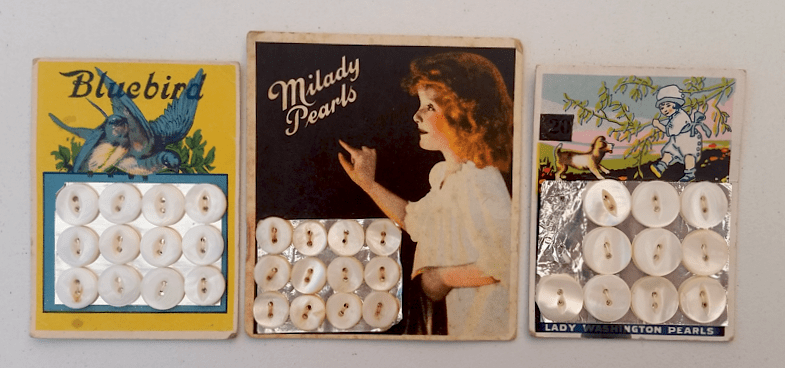
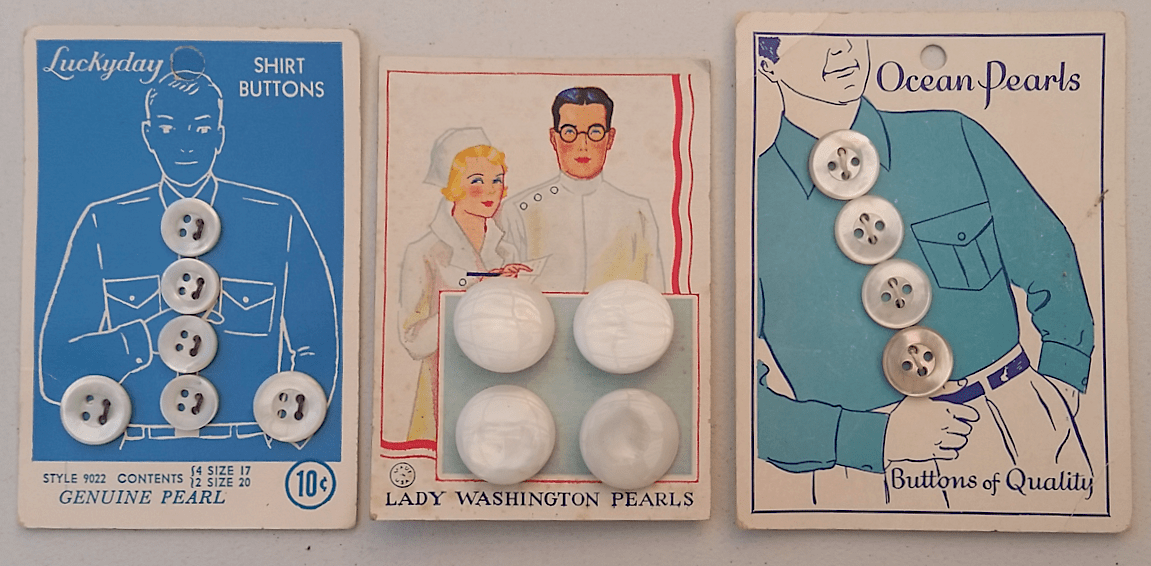
Clever use of the colour blue as part of the cards’ artwork, eliminating the need for added foil.
For any comments or questions, please use the Contact page.
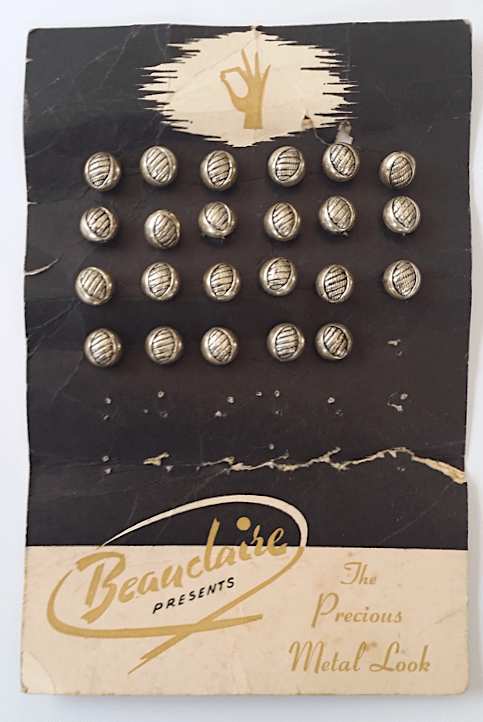
Metalised plastic. I have this design in plain plastic also.
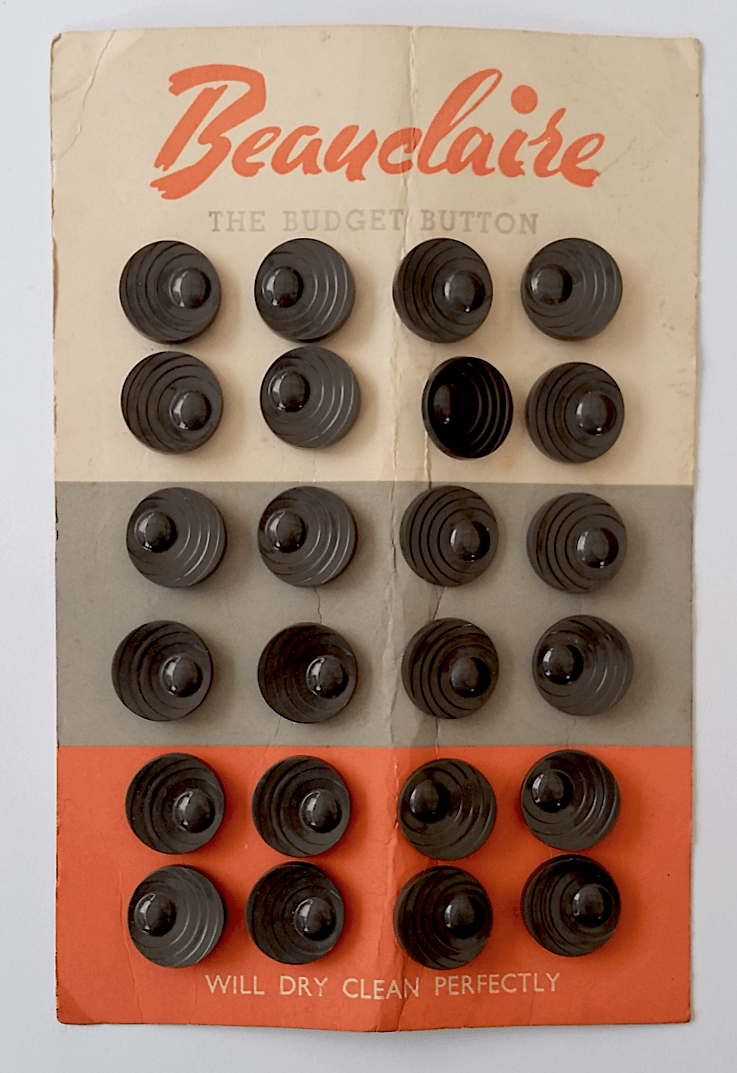
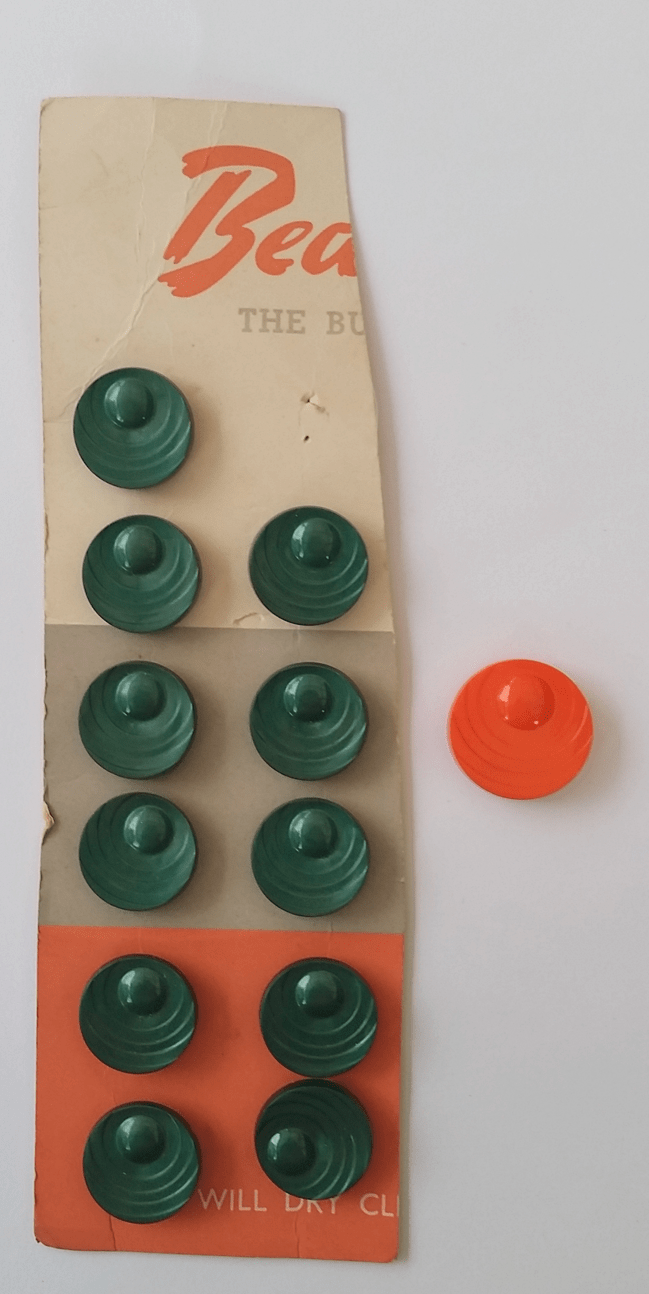
An Aros buckle ( by H. Arendsen & Sons)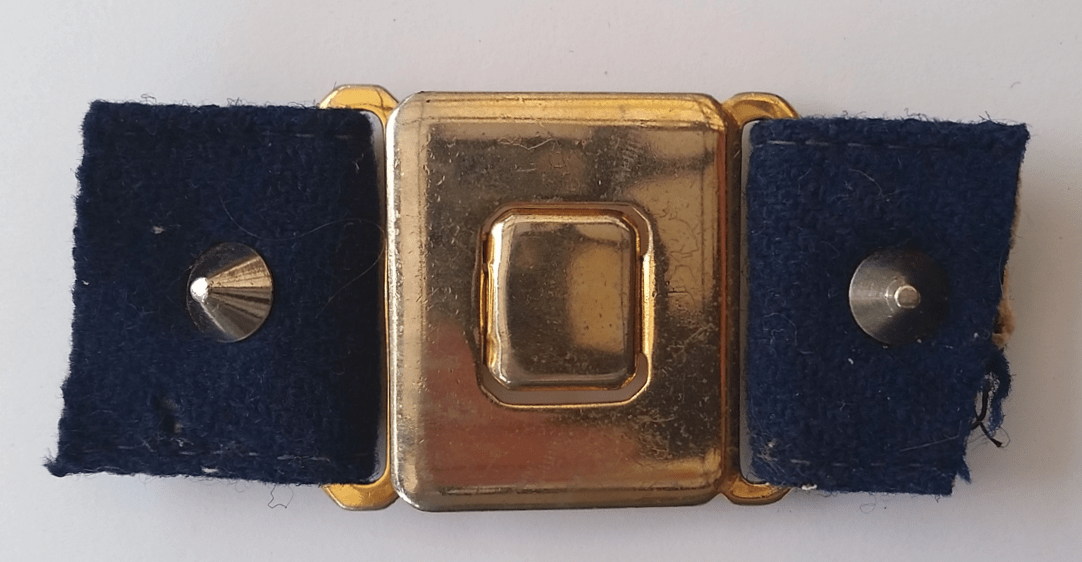
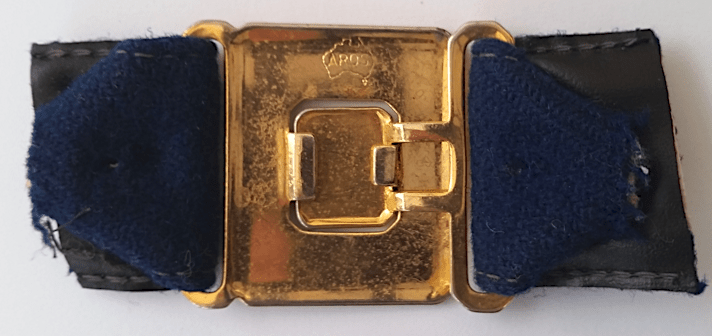

Although the button on the left looks and feels like cork, the back view shows it is not.
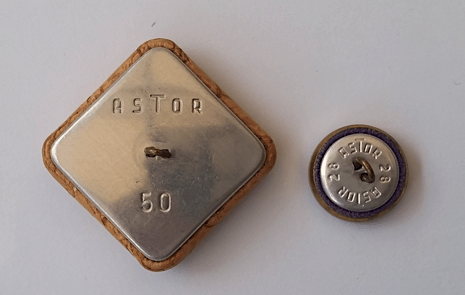
For any comments or questions, please use the Contact page.
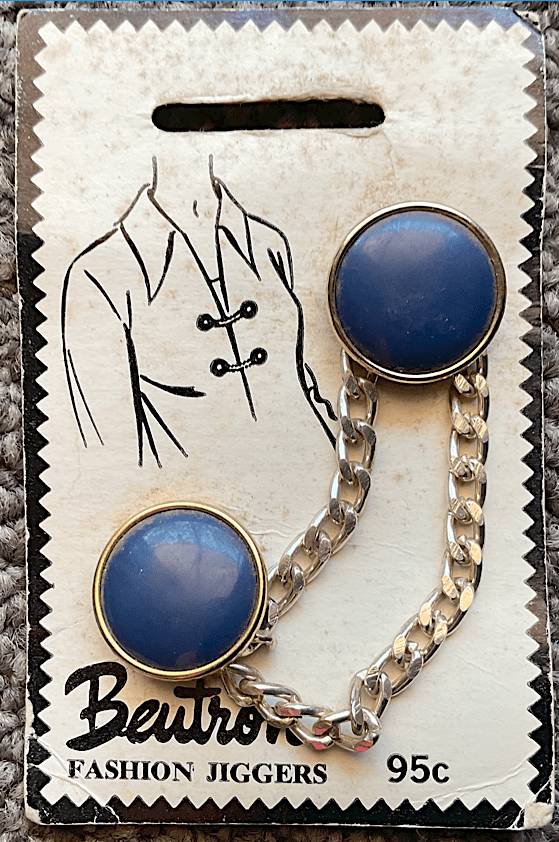
See also http://www.austbuttonhistory.com/29th-may-2023/
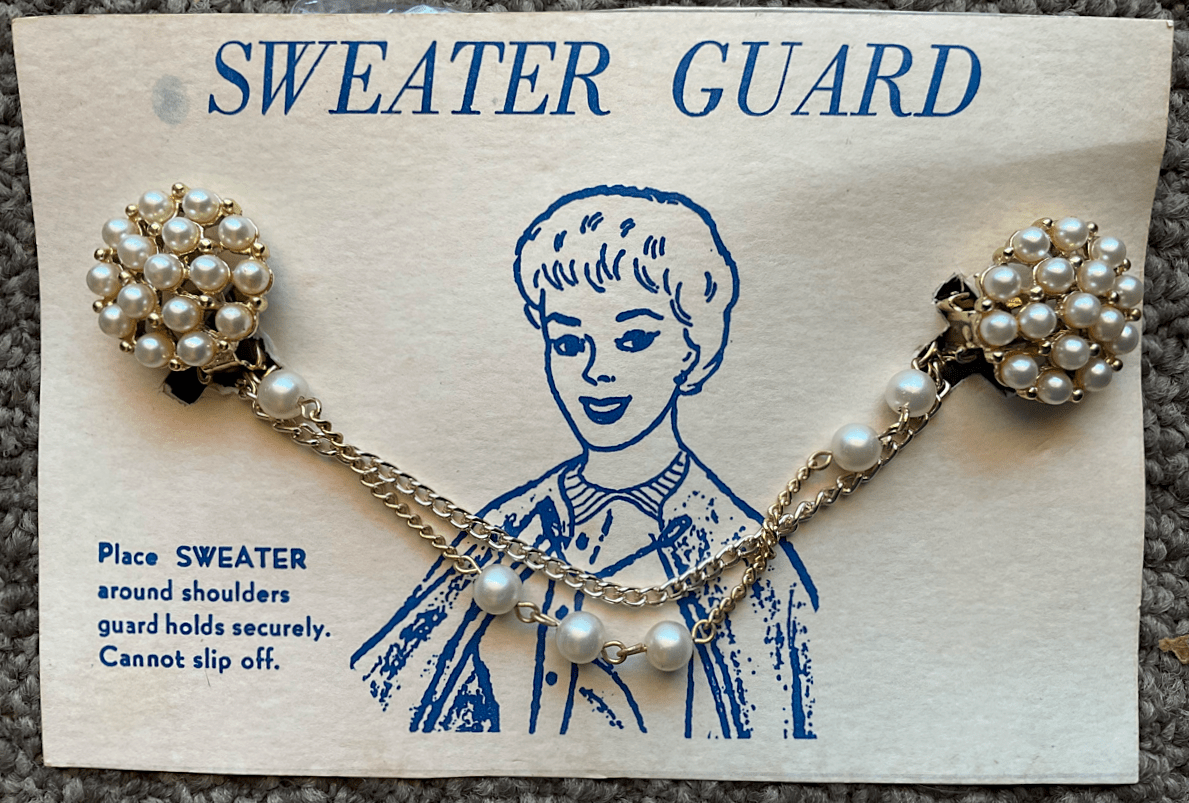
This could be used as a “sweater guard”:

Weekly Times (Melbourne), 18th December 1946 page 23.
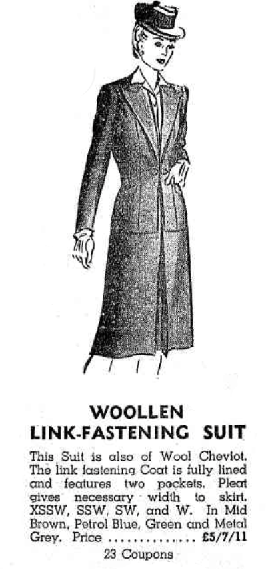
The Land (Sydney), 12th February 1943 page 16.
“Link fastening” coats, suits and cardigans were advertised along-side button fastening versions in the late 1920s to the early 1950s.
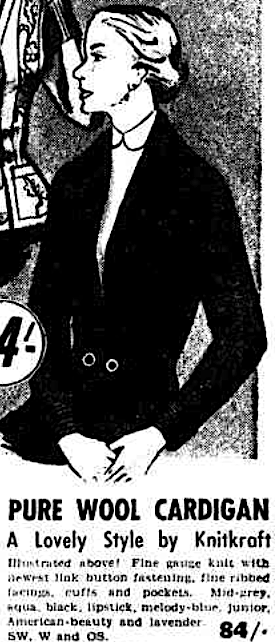
Weekly Times (Melbourne), 1st July 1953 page 45.
This “link fastening” appears to use a buckle rather than linked buttons or clasps, and may not have been very comfortable!

The Sun (Sydney), 14th September 1937 page 12. “Note also the demure collar and cuffs”.
And for gloves:
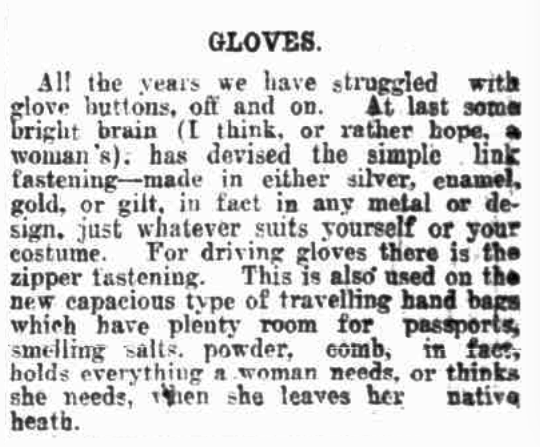
The Daily News (Perth), 29th April 1926 page 6.
For any comments or questions, please use the Contact page.
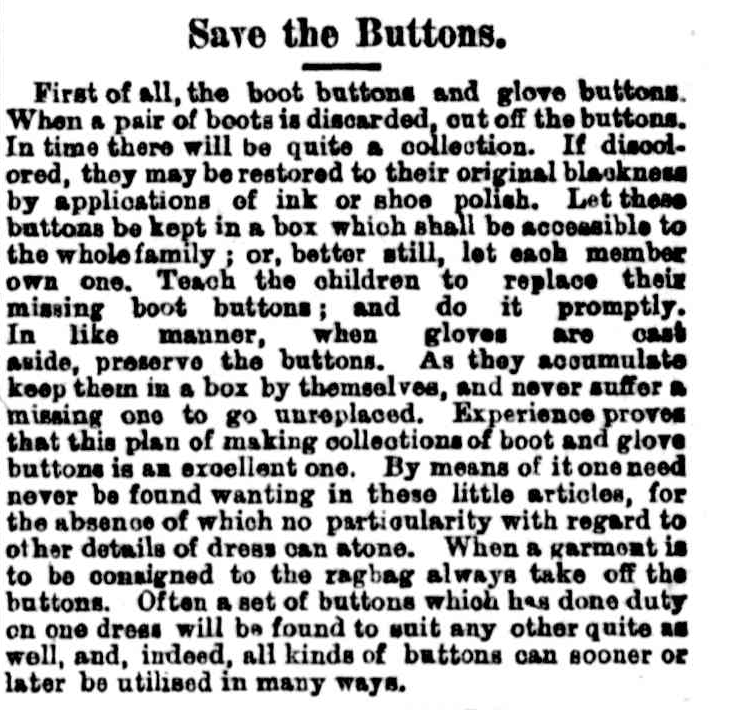
Australian Town and Country Journal (Sydney), 12th November 1887 page 41.
Gift sets often included glove and shoe hooks, shoe horns and glove stretchers.
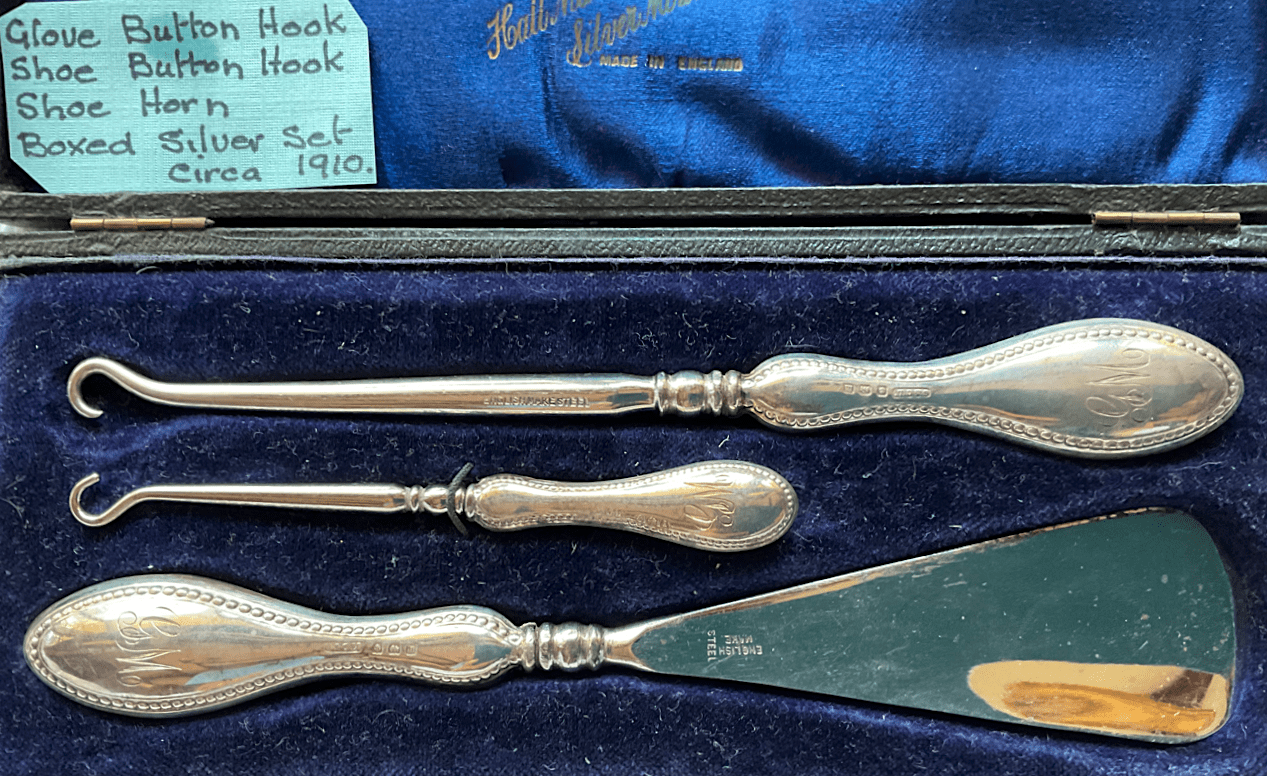
These were hallmarked in Birmingham in 1911, possibly for Green & Cadbury Ltd.

Cheap versions were often made as branded free gifts by manufacturers and retailers.
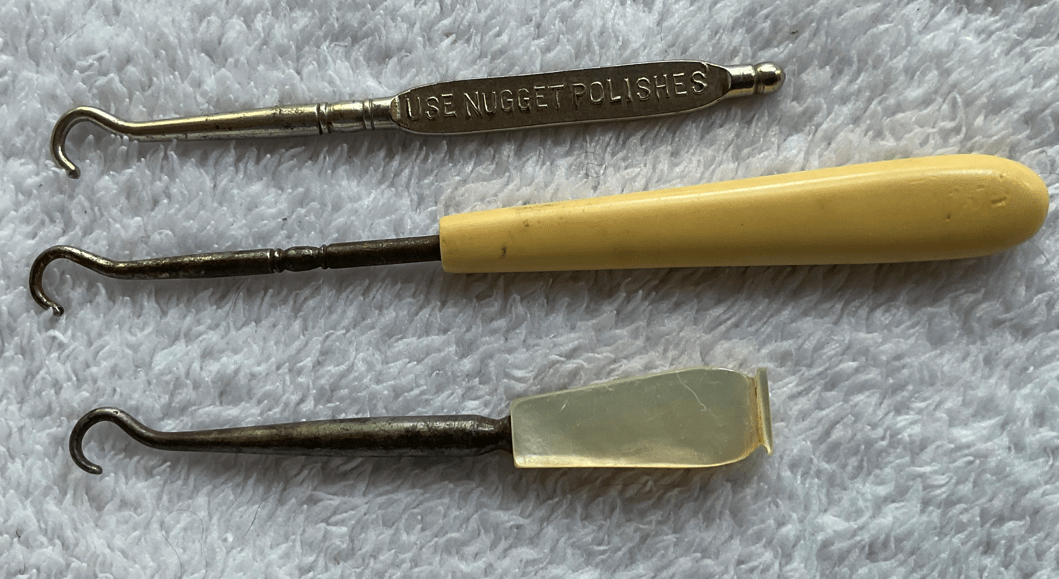
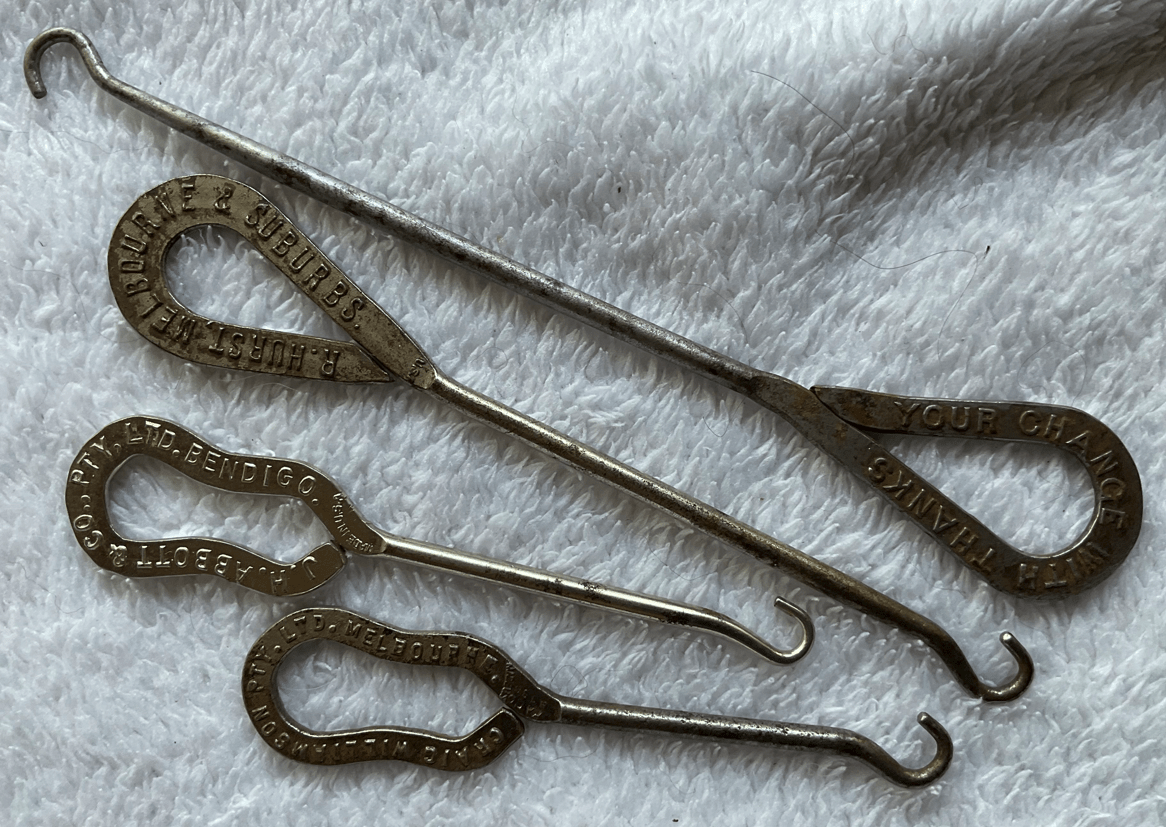
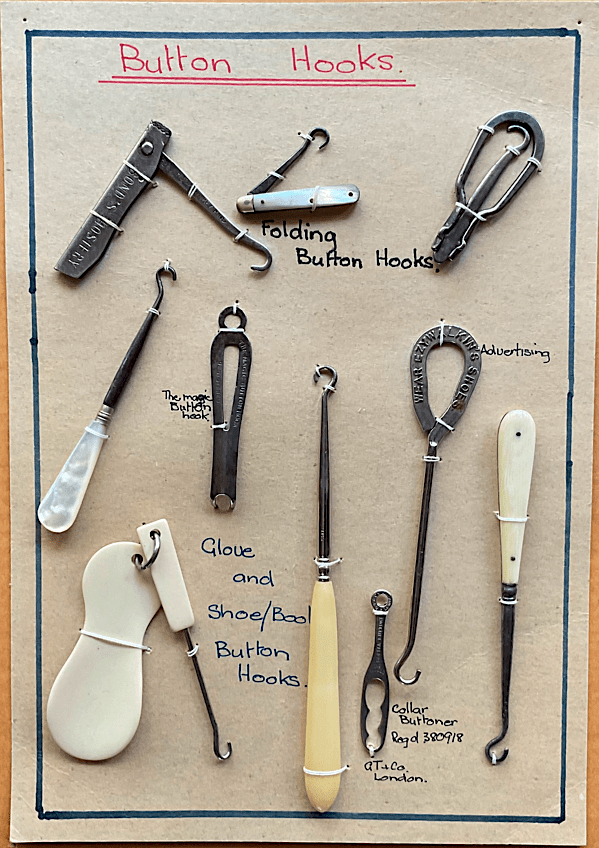
For any comments or questions, please use the Contact page.